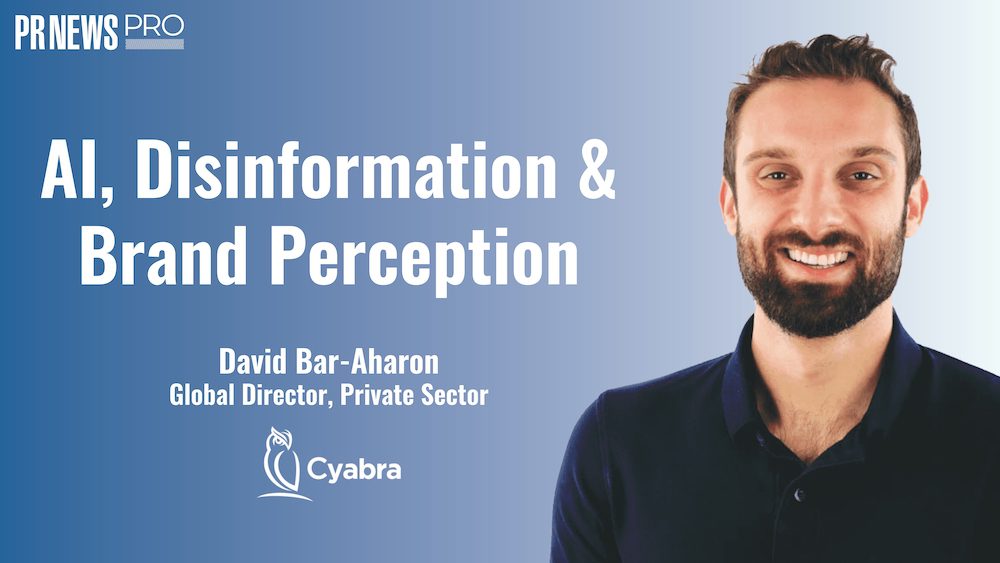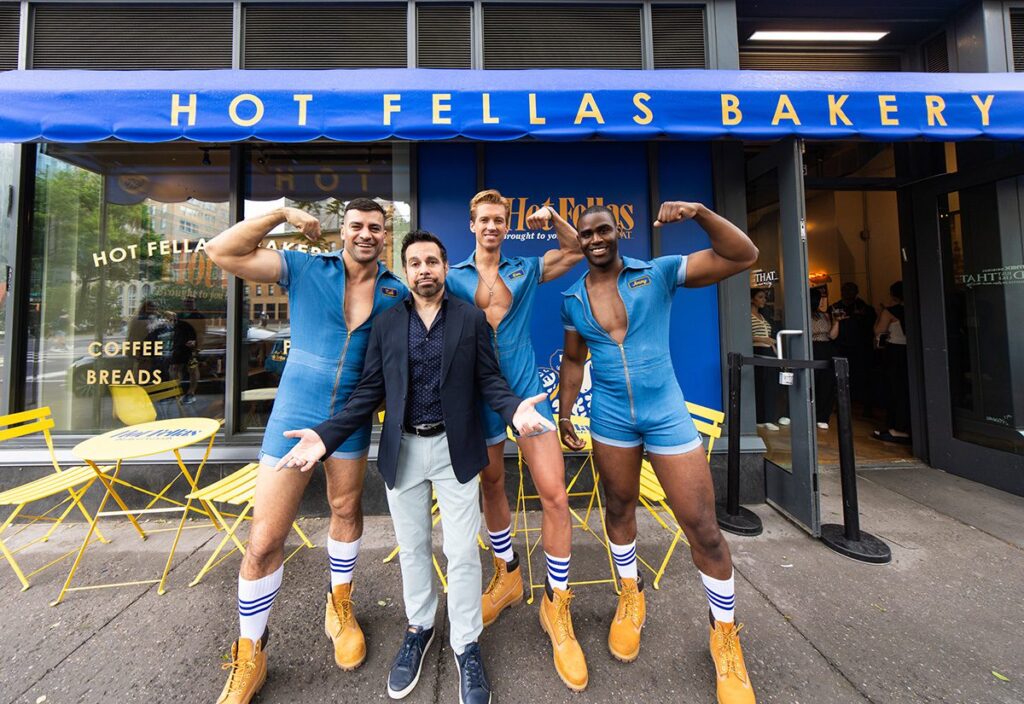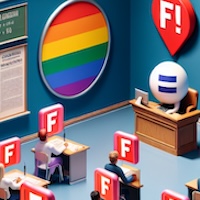We can all agree that podcasts are swell. There’s lots of fun content out there to listen and watch, for sure. But if you’re a marketer and no one is listening to your show, and you’re not getting a favorable ROI, they’re not quite as swell. We recently talked with Dave Mansueto and Dave Chekan, co-founders of podcast hosting firm Liberated Syndication, which was recently acquired by Wizzard Media. They shared their thoughts on how best to imbed advertising into podcast programming and how to effectively promote your shows.
E-CENTRIC: Which sectors are using podcasting most effectively as a marketing tool?
CHEKAN: We’re seeing a really big growth in education right now. Some of the most popular content in the last few months has been in the education sector, like language instruction.
E-CENTRIC: Are the majority of your clients supporting their podcasts through advertising?
CHEKAN: Not yet, and that’s one of the major services we’ll be providing to podcasters, the opportunity to get involved with ad campaigns. The advertising world isn’t quite warmed up to the medium yet. There’s some translation of language and approach that needs to be done.
MANSUETO: [In the past], people were asking “what is podcasting?” And then it was “I’ve heard of podcasting.” Now, you’re starting to hear advertising firms say, “Oh, I listen to blah-blah-blah on a regular basis,” which is really cool. Our next step is to get them comfortable and bring them into the medium.
E-CENTRIC: What are the challenges to that? Are there any dos and don’ts you give clients regarding accepting advertising into their podcasts, or the way they place advertising in the programming?
MANSUETO: Definitely. People want these things on demand. Television and radio are filled with commercials, so you see things like “Lazy Sunday” [from Saturday Night Live] on YouTube just blowing up. You can’t get in the way. It has to be intrusive advertising for it to work, meaning it has to be in the show itself. [But you have to be] sensitive. We say satisfy people’s urges. Give the headlines or the intro first. Let them know they’re getting the content before they feel intruded upon. [Once] they scratch that itch, they’re very open to messages from advertisers. We’re trying to find the appropriate aesthetic. It’s interesting, because it’s a totally different kind of medium. It’s not impression based advertising. [This isn’t like] ignoring a banner on the right hand side of the page. It’s showing up on your TV or your iPod. People don’t want to alienate the audiences who are very loyal and engaged with the content. We can strike the right balance and get there. I think we’re going to reach back to a lot of old school stuff. We were talking today about Paul Harvey and the way Howard Stern promoted Snapple and grew their [business]. Or the Grand Ole Opry being sponsored by Cracker Barrel. We’ve got to get back to those things where the brands are working closely with the content providers.
E-CENTRIC: Are you seeing advertisers wanting to do more campaigns that are brand oriented—like “this program is sponsored by company X”—or are they looking to do things that have a call to action and are more trackable?
MANSUETO: They always want as much tracking as possible.
CHEKAN: I think it’s going to come full circle. Brands [want to be] associated with this media and the excitement and the buzz going on. Things will become more trackable. The good thing about podcasting is that it’s remote, it’s not tied to the computer. But soon your computer [will be] everywhere. In the next two years or so, fully connected devices like iPhones that have full multimedia capabilities are going to allow for people to do things like “click to learn more” and then engage themselves into a campaign, and that will be trackable. There are call to actions now, like “go to this Web site and learn more.” And if we can track the effect brand advertising is having [on the] Internet, that’s a really good metric for ROI.
E-CENTRIC: Obviously, the programs are going to have no impact if no one is listening. How are your clients promoting their podcasts?
MANSUETO: (laughs) We do a show and no one listens.
CHEKAN: Yeah, we’re used to that. (laughs) But it’s the full spectrum. It’s traditional, it’s word of mouth, getting people to tell their friends. Because it’s a more social type of medium, its natural for people to talk about or blog about shows they’re into. There’s people using tools like social videos or MySpace. A lot of people are getting promotion from being featured on the iTunes music store. That can bring their numbers up. They’re using the full gamut of resources.
MANSUETO: And then you’ve got people like Keith and The Girl, who are slipping business cards into wallets in New York City.
CHEKAN: Or stickers on subway cars. Street advertising never goes away.
MANSUETO: And what’s happening naturally with the audience is [thanks to] using MySpace and all the new social tools [online] and using their Internet as their primary communication and entertainment device, people are just more into searching out stuff they like and searching out their interests. There’s a nice cultural shift happening that complements this perfectly.
 Network
Network

